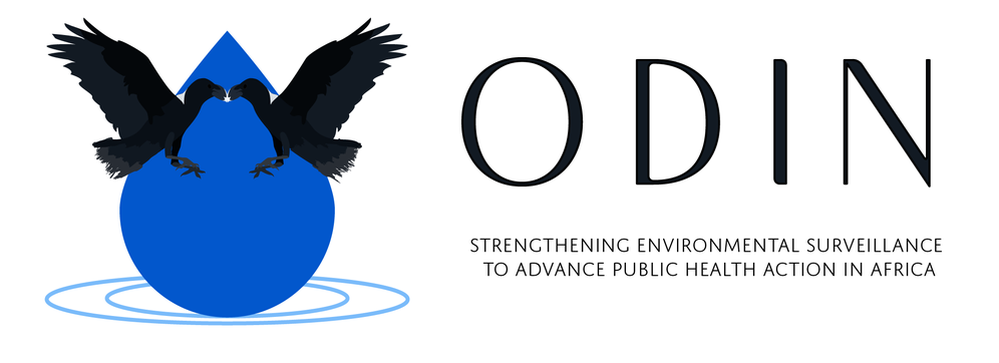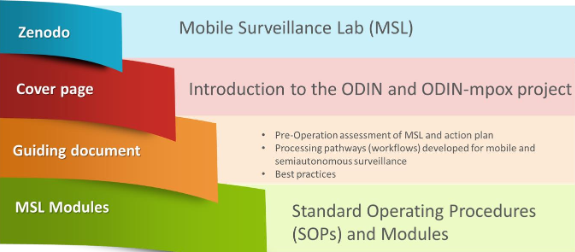

Effective infectious disease surveillance, prevention, and control require a One Health approach that balances human, animal, and environmental health. This is particularly crucial in resource-limited areas, where close human-livestock-environment interactions increase exposure to contaminated water, food, and animal waste carrying pathogens.
Advancements in research and surveillance now integrate genomic and epidemiological data, enabling early outbreak detection and cost-effective public health interventions. Mobile surveillance is particularly valuable for identifying emerging threats in remote villages lacking centralised wastewater treatment.
These mobile lab protocols support rapid pathogen detection with minimal infrastructure. Designed for field use, they cover both untargeted (MinION Nanopore sequencing) and targeted (Biomeme Franklin qPCR) analyses. The document provides guidance on mobile surveillance laboratory (MSL) deployment, pre-operational assessment, weather-related countermeasures, workflow scenarios, and best practices, ensuring effective disease monitoring in challenging settings.